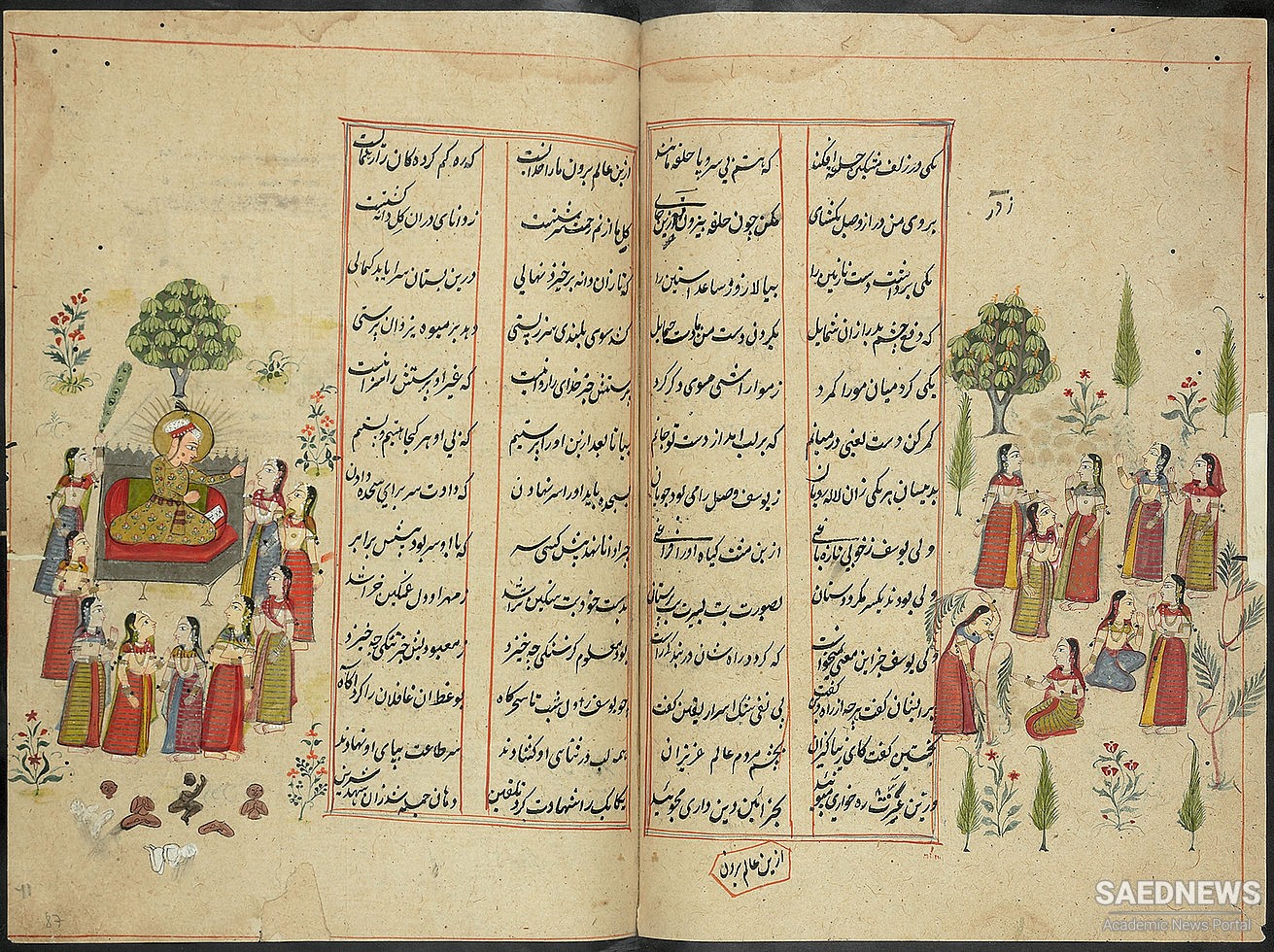Classical Persian literature had long remained exclusively a manuscript tradition. The printing of Persian texts was virtually unknown in Persia and the Indian subcontinent until the beginning of the 19th century. Also in Europe, almost no Persian literary work had appeared in print after Sa’di’s Golestân was published by Georgius Gentius (Amsterdam, 1651). During the 19th century, philological research on a scientific basis made significant advances, particularly in Western scholarship. First to be mentioned are the inventories of the important collections of Persian manuscripts in several European libraries, but also a number of classical works, such as Ferdowsi’s Shahname, the Divan of Hafez, and works by Sa’di and Jâmi, were published for the first time in critical editions according to the standards of the time. Still, when around 1900 Hermann Ethé and E.G. Browne published their comprehensive surveys of Persian literature, the great majority of the works they described were accessible only in manuscript or in not very reliable lithographs.8 The amount of progress made in the next half century, in the Persian cultural area as well as in the West, can be measured by the rich bibliography in the History of Iranian Literature (English edition: Dordrecht, 1968), prepared by Jan Rypka and his Czech colleagues. The documentation available for the new works on the History of Persian Literature has improved even more. Not only the major classics, but also many works of minor writers and poets have appeared in print in more or less critical editions. During the past century Persian scholars have continued to investigate their literary heritage assiduously by publishing texts and writing studies in an increasing number of periodicals and in monographs. This is not to say that all the manifold problems which confront the historian of a more than millenary tradition have now been solved. However, the advances made are sufficient to allow the present attempt at a synthesis, which of course can offer no more than a moment of reflection in a continuing effort of scholarly exploration.


 Classical Persian Literature: Origins and Orientation
Classical Persian Literature: Origins and Orientation














































